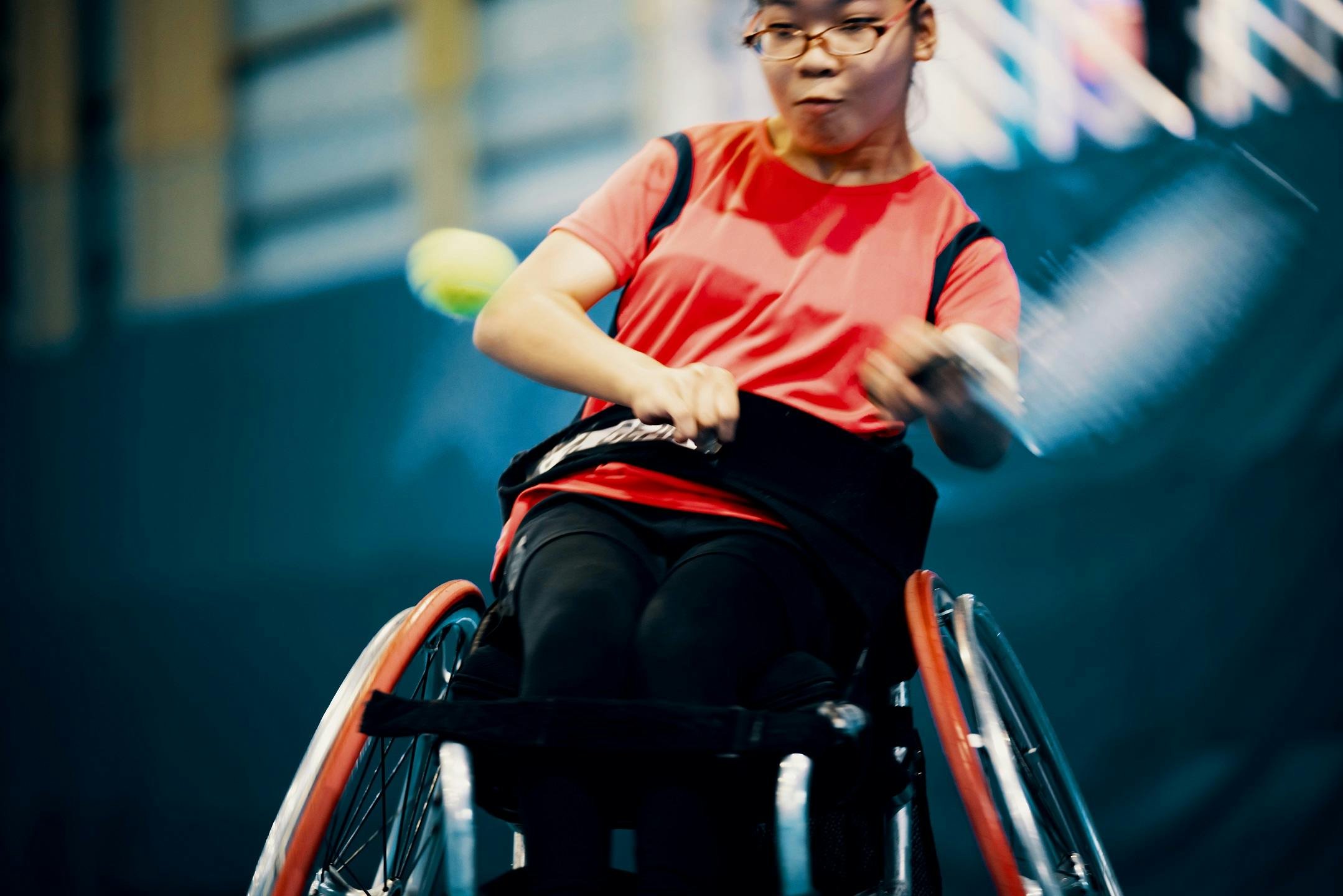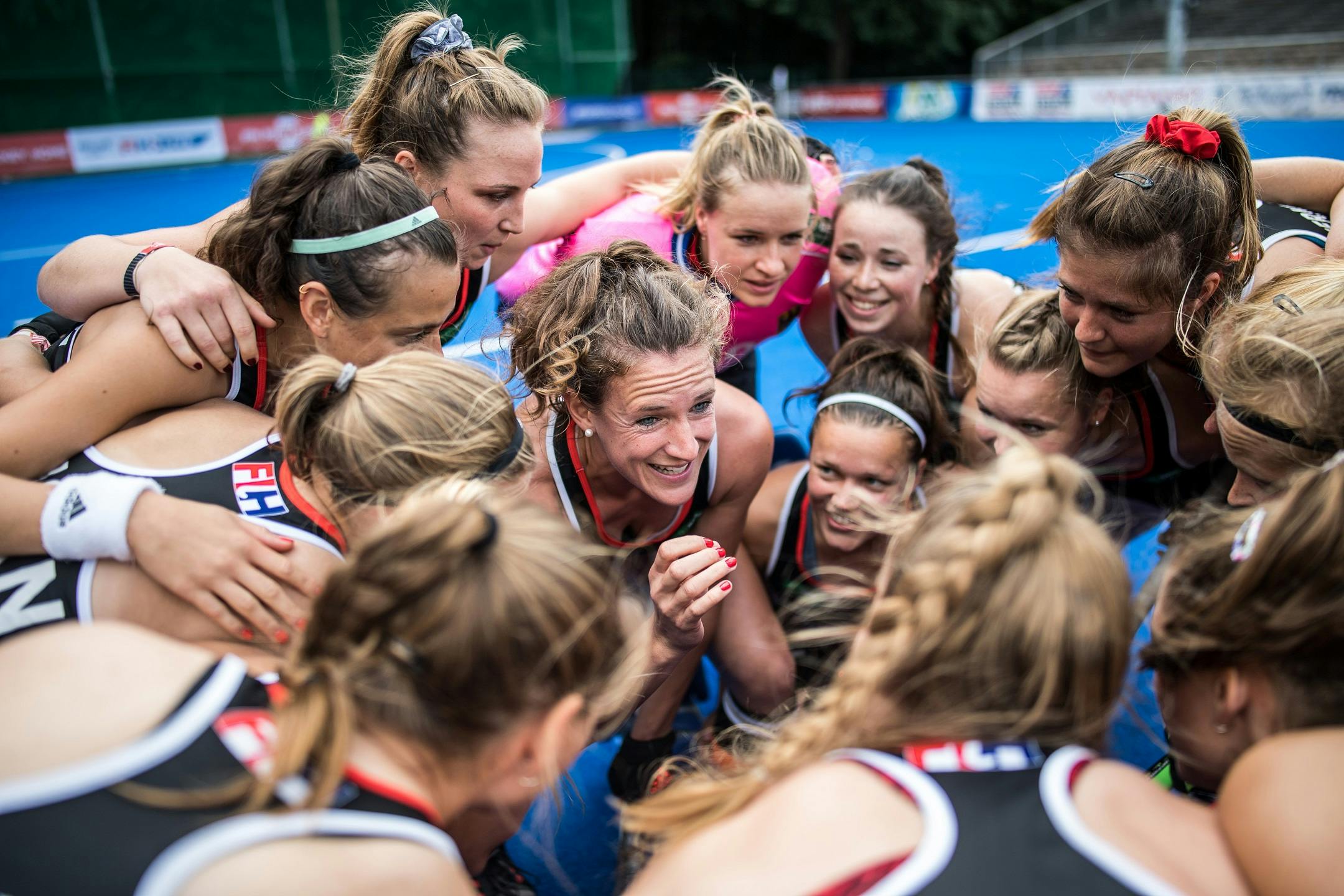The transformative impact of digital technology is nowhere more evident than in the world of the agencies which supply the world’s media with pictures of the people and events which punctuate our lives; and the advertising and marketing sectors with the images which help them connect with their consumers and sell products.
And, according to Dr Rebecca Swift, global head of creative insights at Getty Images, the transformation goes beyond the ability to create and deliver more content faster and more effectively. It’s about creating the type of content which reflects their clients’ varied and diverse audience; whether that be sports brands connecting with their customers, or rights-holders engaging a more diverse fanbase. It has, she says, changed the very nature of the business, adding what is effectively a data-based consultancy tier to the core business of supplying images.

Sport is a key focus for Getty Images, which celebrates its 25th anniversary this year, and has long-standing partnerships with major rights owners, including the International Olympic Committee, Fifa, Uefa, and the Premier League. They are relationships which have developed over time, and today go way beyond the supply of images shot at events.
“As digitisation happened we understood that we were able to create more content and service our customers faster but we also began to think more deeply about what the use of imagery looks like now and what it will look like next year. We shifted to thinking about what our customers should be doing and became much more directive around that,” says Dr Swift.
Getty Images is perfectly positioned to play this role.
“When businesses began to understand the importance of data they started to listen more than ever before and we realised that the data, generated from more than one million searches on our site each day, gave us a unique overview of global business, media, and creativity.
“We were able to see not only how content was being used but how it was being searched. That data meant that we had something valuable to say and that we could use that to help our clients,” Dr Swift continues.
While that technology was facilitating this new clarity and depth of insight, real-world events and social change have continued to shape consumer attitudes towards brands in a shift which embraces sport and attitudes towards sport.
“Brands and organisations are evolving their visual language and I’m interested in that evolution, what is happening and what is driving it,” explains Dr Swift.

Increasingly, Getty Images’ sport and entertainment teams are being approached by rights-holders and brands asking not only for help with the selection of more inclusive imagery, but also the creation of that content. The result is that Getty Images has become one of the enablers of the evolution by collaborating with clients in new ways to ensure that the images they use and are associated with reflect their ethos and positioning.
“Rights-holders and sponsors have concerns right now around issues such as inclusivity and diversity, they are making significant hires in this space to reflect a more inclusive culture, both internally and externally. They are asking how they show that inclusivity; they are concerned about how they engage a more diverse fanbase.
“Out of this comes many conversations around issues such as representing real body shapes. If a sports brand is going to be inclusive you have to think about those people who don’t look like elite athletes,” Dr Swift explains.
While Getty Images’ own search data provides insight into trends in thinking and demand from the professional side, the company runs its own research projects through YouGov to take the pulse of consumers. The data delivered by the consumer research, as well as the company’s proprietary insights, feeds Visual GPS – Getty Images’ creative insights platform which reveals what drives consumer decision-making and the type of content which engages them.
It is this combination of industry and consumer research, together with the insights from Getty Images’ team of experienced visual professionals, that enables Dr Swift and her team to help guide clients through the visual challenges of the moment and adapt and evolve their selection and use of images accordingly. And over the years, the company has developed a series of content collections, such as The Disability Collection, Disrupt Ageing and #ShowUs, amongst others, to offer brands and businesses the means to incorporate more inclusive visuals in their campaigns.
They work closely with clients, holding workshops and other events to gauge and respond to their needs and aspirations. The workshops in turn feed into comprehensive search guides designed to help clients use the Getty Images library most effectively.

“We are holding inclusive visual workshops with some of the biggest sports rights-holders across the globe right now as they all appreciate the need to appeal to a diverse fanbase. To do that they need to feel confident that the visual content they use in their marketing materials connects with their fans across the world. The use of imagery plays an important role in delivering the right messages so it’s very encouraging to see increasingly more rights-holders and brands spending time on their visual strategy,” says Dr Swift.
Likewise, meetings were organised in London and New York to provide major sports organisations and agencies representing athletes with the chance to discuss how they would like their female athletes to be represented.
Critically, the unique insights gleaned from data and analytical work enables Dr Swift to create and test new and different content, the learnings from which inform subsequent projects, creating a virtuous circle.
“We had great data from the Fifa Women’s World Cup where we sent more female photographers than ever before. We saw the result in the kinds of images they were capturing. It proved that they were just as good at getting the iconic moment (as their male counterparts).
“I think there is an empathy with women photographers and a different dynamic with a female photographer behind the scenes. We realised that years ago and wanted to create more space for female photographers, which we have done.”

“Sport has a particular visual power which gives it great relevance for marketers and creates demand from companies not directly involved in sport. They are going through a learning period and our role is to help them get the best content and bring other people along with them. There is room to be more diverse in the content which is being created and used,” she finishes.
That’s a message which applies equally to all sports organisations, for whom promoting inclusivity is critical to engaging with new and existing participants and building audiences for live and broadcast events.